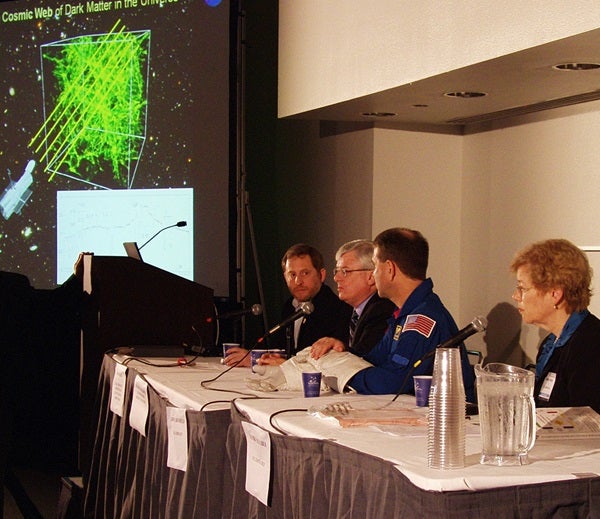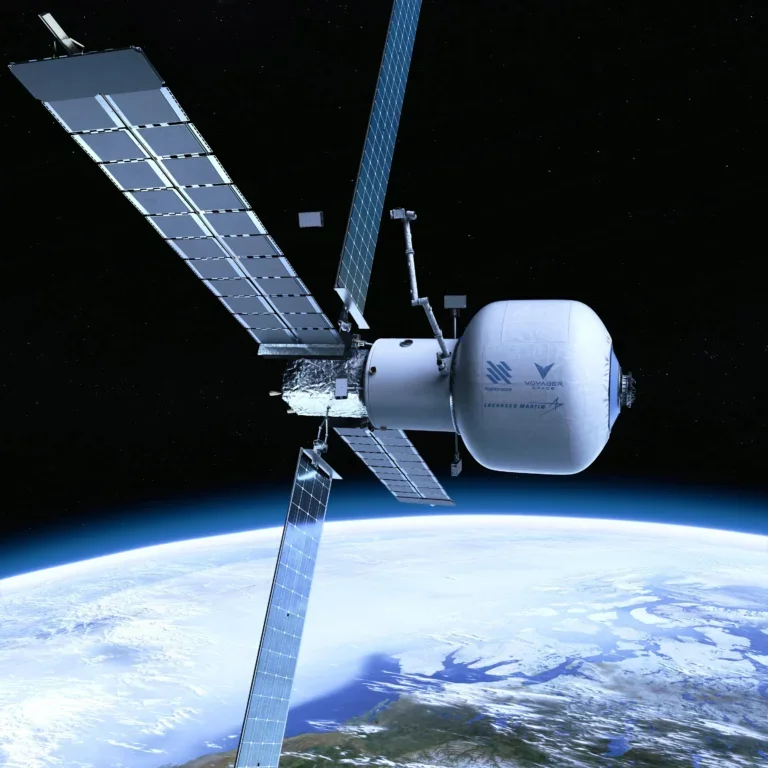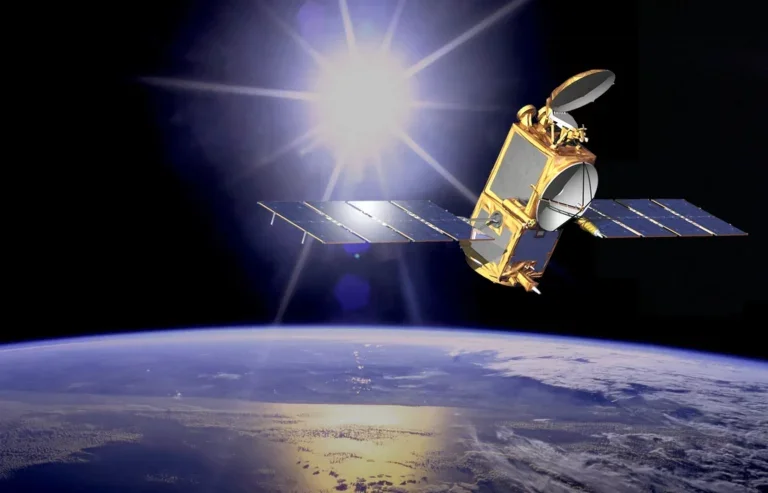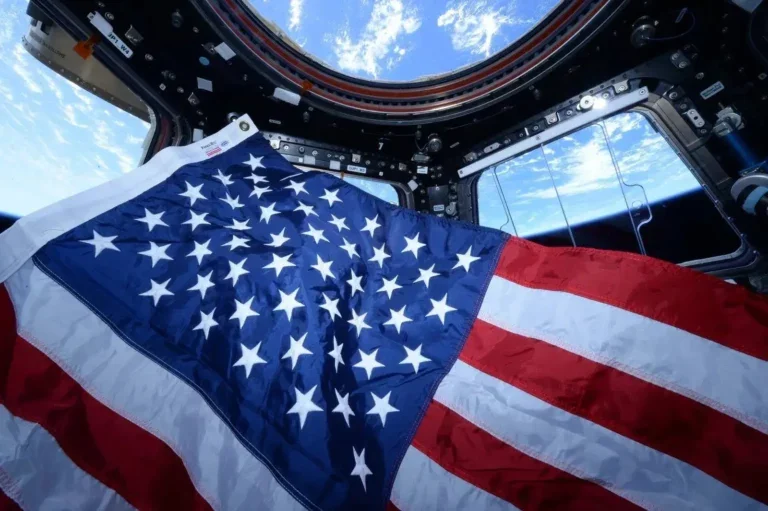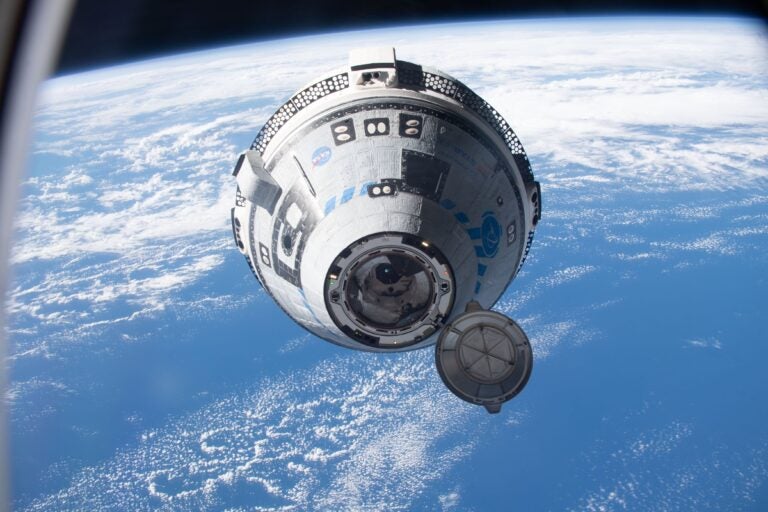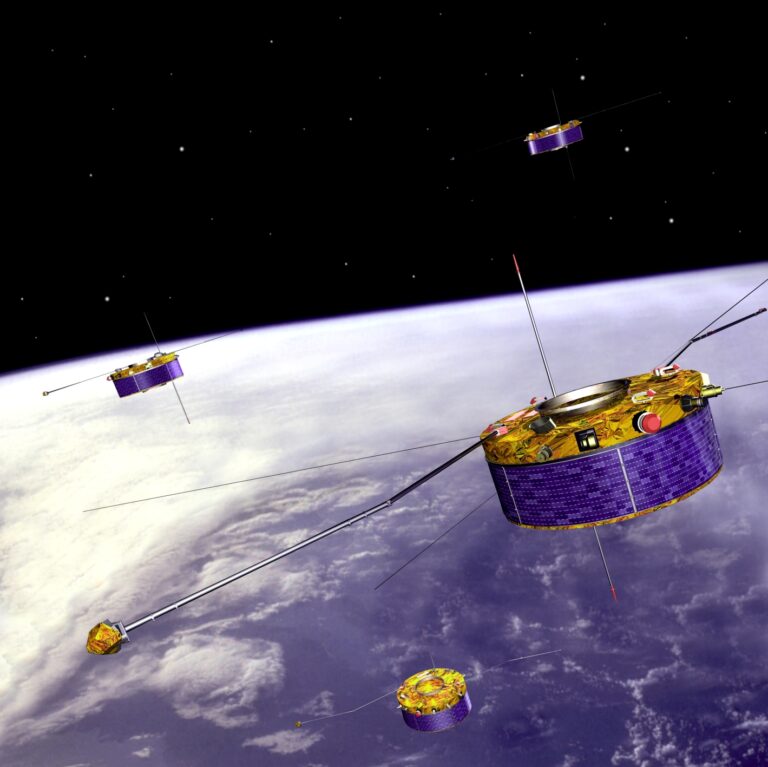NASA scientists and astronauts today released details on the space shuttle’s final mission to repair the Hubble Space Telescope. Presenting January 8 at the American Astronomical Society’s winter meeting, the panel said new instruments, batteries, gyroscopes, and other fixes will keep Hubble exploring the universe through 2013.
“Our goal for this mission is to leave Hubble at the apex of its scientific capabilities,” said David Leckrone, Hubble senior project scientist at NASA’s Goddard Space Flight Center, Greenbelt, Maryland.
“And let’s face it; it doesn’t get much more exciting than sending a team of astronauts and sophisticated high-tech instruments to make Hubble better than it ever was before,” said Alan Stern, associate administrator for the Science Mission Directorate at NASA Headquarters, Washington.
The 11-day mission, designated STS-125, is scheduled for an August liftoff using space shuttle Atlantis. It features five spacewalks, during which astronauts will install two powerful new science instruments and replace batteries, stabilizing gyroscopes, and heat-protecting thermal blankets. If these activities go well, astronauts also will replace one of Hubble’s three Fine Guidance Sensor units. Also, an IMAX camera will record the historic mission as part of a film scheduled for a 2010 release.
They will also attempt the first-ever on-orbit repair of two existing Hubble instruments — the Advanced Camera for Surveys (ACS) and the Space Telescope Imaging Spectrograph (STIS). ACS was the telescope’s most used instrument until its failure last year. STIS, a sophisticated spectrograph that gives astronomers insight into the physical conditions of stars and nebulae, was considered a cornerstone instrument; it failed in 2004.
“As both an astronaut and an astronomer, the opportunity to go back to Hubble is more than a dream come true,” said John Grunsfeld, selected as the mission’s lead spacewalker. “The crew and mission team are in full-throttle training, looking forward to launch and the hard work of servicing Hubble.”
Hubble is in dire need of new gyroscopes, which keep the telescope aimed at its targets, and batteries. The gyros, last replaced in 1999, have been the space telescope’s Achilles heel. “We were surprised how quickly they failed early on,” Leckrone said. While astronomers prefer operating Hubble with three working gyros, they’ve been using only two. This leaves a pair of gyros as backups that can be pressed into service as the others fail.
Two years ago, engineers thought Hubble’s rechargeable nickel-hydrogen batteries, which solar panels recharge whenever the observatory is in daylight, were its biggest liability. But, Leckrone said, that’s no longer the case. “We found a way to trickle-charge and test the batteries in a more benign fashion, so the degradation we had been seeing has leveled off,” he explained. Still, no mission has operated these batteries in orbit as long as Hubble has. “It’s impossible to say whether one might fail tomorrow,” he says.
The new instruments astronauts will install in Hubble are the Cosmic Origins Spectrograph, or COS, and the Wide Field Camera 3, or WFC3. Among its many goals, COS will probe the “cosmic web,” the filamentary structure of the universe at large scales. Astronomers will use COS to explore how the web evolved over billions of years and what role it plays in galaxy formation.
WFC3 will allow Hubble to take wide-field images of the universe in a broad range of wavelengths that supplement the telescope’s other imaging capabilities.
“Our two new instruments, plus the hoped-for repairs of STIS and ACS, will give astronomers a full ‘tool box’ with which to attack some really profound problems, ranging from the nature of dark matter and dark energy, to the chemical composition of the atmospheres of planets around other stars,” Leckrone said.
“I fully expect Hubble’s most impressive accomplishments to lie in its future” Stern said.

